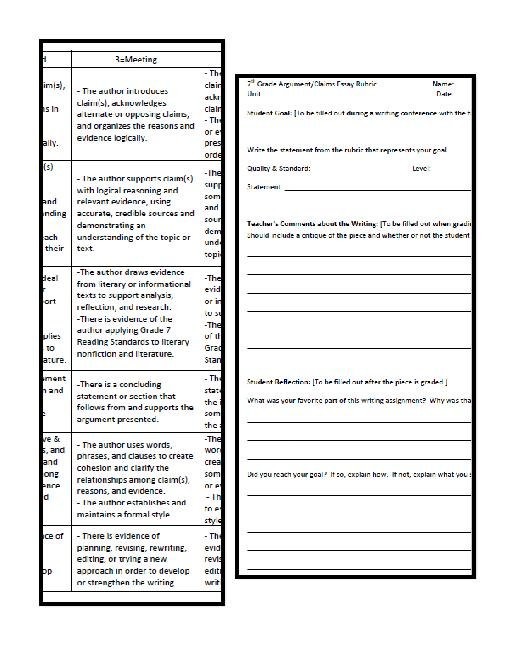Main Causes And Consequences Of Financial Crisis Finance Essay
Post on: 8 Июль, 2015 No Comment

The U.S public policy which encouraged home ownership related the financial crisis. This led to the extension of mortgage lending which term sub-prime mortgages to unqualified credit requirement people. A dramatic rise in mortgage delinquencies and foreclosures in the United States triggered the ongoing financial crisis (Causes of Financial Crisis 2007-2010). Complex financial securities, less effective of the ratings agencies and corporate governance (Ivan Png, Financial Crisis 2008, P.5), liquidity shortfall in the U.S banking system, taking too much risk, increase leveraging and moral hazard of the bankers were many causes of the financial crisis. Regulators and central bank governors did not effectively supervise on the financial institutions. This was another cause of financial crisis. All of these directly and indirectly factors caused the financial crisis.
The collapse of real estate, housing markets caused the value of mortgage-backed securities to fall sharply which damaged financial institutions globally. The financial crisis resulted world-wide slowdown in global growth and economic activities, decline in international trade, rising unemployment rate, rising income insecurity and impact on low-income group, and adverse consequences for banks and financial markets around the globe. The Group of Governors and Heads of Supervision hold meeting on 12 September 2010 for reforming the existing inefficient regulation to withstand financial shocks.
2. The main causes and consequences of the financial crisis
There were too many players and factors contributing to the financial crisis. The U.S government provided home ownership opportunities to low income borrowers.
C:UsersUSERDesktopExisting_Home_Sales_Chart_-_Mar_09b.png
Figure 1: U.S. Existing Home Sales, Inventory, and Months Supply December 2005- June2009
The figure 1 shows the number of homes for sale increase (red column) but the home’s rate of sale decreases (blue column). That mean the supply of home exceeds the demand of home. The figure 1 also shows the length of month taking to sell home (black line). The housing market downs.
The probability of foreclosure increased because most of the mortgages were given out on a variable interest-rate basis. The lending institution assumed that housing value would appreciate. But the increase in the money market interest rates occurred housing value down which caused the lenders’ assets worthless.
C:UsersUSERDesktopSubprime_crisis_-_Foreclosures_&_Bank_Instability.png
Chart 1: Subprime Mortgage Crisis: “Vicious Cycle” of Foreclosure and Bank Instability
The lending institutions bundled sub-prime mortgages and variety of assets together and sold to capital market investors around the world so called mortgage-backed securities, MBS. Therefore the problem spread globally when borrowers could not afford to repay their mortgages (Khatiwada and Emily McGirr, Current Financial Crisis, P. 1). This is one of the main causes of financial crisis.
Complex credit derivatives such as collateralized debt obligations (CDOs) and credit default swaps (CDSs), were toxic illiquid assets in the current financial crisis. The leading providers of financial institutions were heaviest users of these derivative contracts to against risk exposure, serious losses and to raise funds. The complexity of these instruments, accompanied by questionable credit ratings assigned to various those derivatives and severe liquidity crisis, resulted in huge write-downs of those derivatives value worldwide which led to financial crisis (Rose and Hudgins, Bank Management & Financial Service, P. 306).
Credit rating agencies were less effective and careless in assessing of the Lending Institutions (original source of loans) for giving investment grade, ratings to mortgage-backed securities, and collateralized debt obligations transactions. The Lending Institutions could sell their bad loans and risk exposure to global investors because of high ratings by bundling these bad loans into MBS and CDO securities. This impact effected on globally when the loans were default. Therefore rating agencies were one of the causes of financial crisis because financial institutions could not do too much complexity instruments without the high ratings, AAA (Credit rating agencies and the subprime crisis, Impact on the crisis).
The combination of moral hazard with imperfect corporate governances was another cause of financial crisis. They were not effectively overseeing the management of a financial institution. They just took more business and more profit to get more commissions and bonuses. The more business implied more risk which led to financial meltdown.
Weak business conditions, lack confidence of investors and worried counterparties led financial institutions facing liquidity deficit thereby they are insolvency. Stock market prices and market liquidity fell simultaneously because of crisis. The financial meltdown led the whole economy to recession, and many large and small financial firms failed. The whole world is interrelated so that the global economic activities turndown and international trade also declines. The unemployment rates rose because of the sever economy with a lot of businesses bankruptcy. As financial institutions and stock market have eroded, the retirement savings and investment of many individuals have lost value so the most poor were impacted seriously. All of these are the consequences of crisis.














